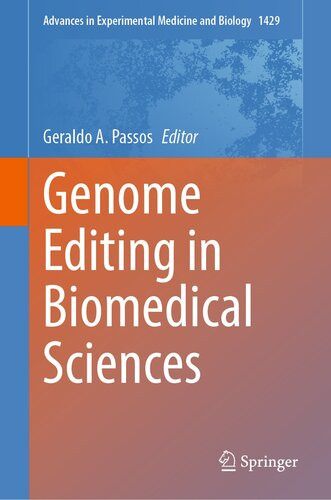

Most ebook files are in PDF format, so you can easily read them using various software such as Foxit Reader or directly on the Google Chrome browser.
Some ebook files are released by publishers in other formats such as .awz, .mobi, .epub, .fb2, etc. You may need to install specific software to read these formats on mobile/PC, such as Calibre.
Please read the tutorial at this link: https://ebookbell.com/faq
We offer FREE conversion to the popular formats you request; however, this may take some time. Therefore, right after payment, please email us, and we will try to provide the service as quickly as possible.
For some exceptional file formats or broken links (if any), please refrain from opening any disputes. Instead, email us first, and we will try to assist within a maximum of 6 hours.
EbookBell Team

5.0
110 reviewsThis volume focuses on applying the Crispr system in editing the genome of human cells (in vitro and in vivo) and model organisms used in biomedical research. With the advent of Crispr technology, genome editing soon became a procedure of great interest to laboratories worldwide due to its relative ease and accuracy. In biomedical sciences, genome editing by Crispr has already enabled the development of new experimental model systems. In medicine, therapeutic alternatives for the genetic "correction" of diseases have already begun to appear. Therefore, the book's purpose is to bring in a single volume, chapters that show the scientific community in biomedicine, medicine, human genetics, oncology, virology, and parasitology, among others, the advances in genomic editing. In a chapter dedicated to the ethical aspects of human genomic editing, we also address what we can and should do with this (bio)technology. The book chapters were written by productive researchers specializing in Crispr genome editing. The chapters cover the concept of Crispr and genome editing and how to use this new methodology in biomedical research and medicine, among other aspects, including the ethical controversy around its use in humans. The writing of the chapters keeps a specialized language intelligible enough for those who want to introduce themselves to the subject.